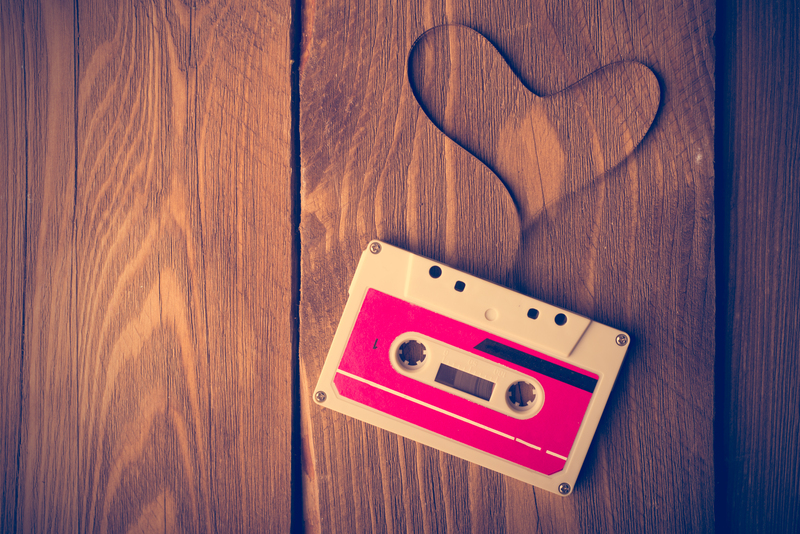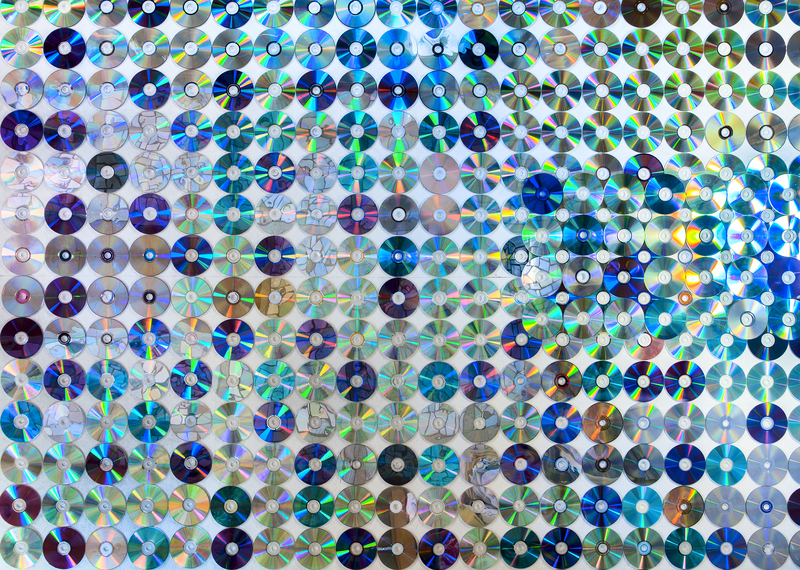Green Packaging Solutions: Advances in Cardboard Disposal
Green packaging solutions have become a top priority for businesses and consumers looking to reduce their ecological footprint. As e-commerce and online shopping surge, the demand for sustainable packaging, especially cardboard, intensifies. This comprehensive article explores the latest advances in cardboard disposal and innovative eco-friendly packaging strategies that can help pave the way to a more sustainable future.
Understanding the Significance of Cardboard in Packaging
Cardboard is one of the most widely used packaging materials globally. Its flexibility, lightweight structure, and protective properties make it ideal for shipping a variety of goods. However, the environmental impact of cardboard production and disposal cannot be ignored. Sustainable packaging solutions and responsible disposal practices are essential to minimize waste and conserve natural resources.
- Cardboard is made from wood pulp, a renewable but resource-intensive material.
- Billions of cardboard boxes are produced and discarded each year worldwide.
- E-commerce growth has amplified cardboard waste streams, challenging traditional recycling methods.
The need for green packaging solutions is more urgent than ever. Businesses and individuals alike must consider both sourcing and disposal strategies to ensure that cardboard packaging remains a truly sustainable choice.

Challenges in Cardboard Waste Management
Despite its recyclability, cardboard waste presents numerous challenges. Contamination, improper disposal, and inefficient recycling infrastructure often undermine the positive environmental impact of cardboard packaging.
Contamination and the Recycling Dilemma
- Food residue, oils, and adhesives can make cardboard unrecyclable.
- Mixed materials (plastic windows, coatings, waxes) further complicate recycling efforts.
- Inadequate consumer education results in incorrect recycling practices.
Infrastructure and Logistics Issues
- Inconsistent recycling facilities and collection practices disrupt the recycling stream.
- Some regions lack access to advanced recycling technology.
- The rise of online sales increases demand on waste management systems.
To overcome these hurdles, innovative green packaging solutions and technological advances in cardboard disposal are essential.
Recent Advances in Cardboard Disposal Methods
Cutting-edge research and technological advancements are transforming the way we dispose of and recycle cardboard packaging. These advances in cardboard disposal play a pivotal role in supporting a circular economy, reducing landfill waste, and recuperating valuable resources.
Automated Cardboard Sorting and Processing
- AI-driven sorting allows for rapid, precise separation of recyclable cardboard from contaminants.
- Robotics and machine learning technologies increase processing efficiency and decrease labor costs.
For instance, modern recycling facilities now use camera-based systems and automated conveyors to detect and extract non-recyclable materials. This innovation reduces contamination rates and improves the quality of recycled paper products.
Advanced Recycling Technologies
- Pulping improvements allow dirty or wax-coated cardboard to be processed successfully.
- Enzymatic treatment breaks down food-soiled fibers, expanding the types of cardboard that can be recycled.
- Chemical recycling processes convert normally unrecyclable cardboard components back to usable raw materials.
Such technological innovations extend the lifespan of cardboard and lessen dependence on virgin materials, further advancing green packaging disposal solutions.
Decentralized and Localized Recycling Solutions
- Mobile recycling units let businesses process cardboard waste on-site, reducing transportation emissions.
- Community-based cardboard recycling hubs foster local engagement and generate recycled products for nearby businesses.
These solutions provide flexibility and help small towns and rural areas participate in sustainable packaging disposal programs.
Biodegradable and Compostable Cardboard Packaging Innovations
In addition to traditional recycling, biodegradable and compostable solutions represent promising frontiers for sustainable cardboard packaging. By engineering cardboard packaging to break down naturally in the environment or composting systems, waste can be transformed into a resource.
Designing for Compostability
Innovative packaging manufacturers are increasingly designing cardboard products with compostability in mind. Some advancements include:
- Water-based inks and adhesives to eliminate toxic residues.
- Natural fiber reinforcements that enhance biodegradable properties.
- Minimal surface coatings (such as bio-based waxes) to keep packaging compost-friendly.
Household and Industrial Composting Programs
Large retailers and municipalities are deploying composting programs that accept approved compostable cardboard packaging alongside food and yard waste. This approach:
- Reduces reliance on landfills and incineration.
- Returns nutrients to the soil, promoting a circular, regenerative economy.
Reuse and Upcycling: Maximizing the Value of Cardboard
Not all packaging needs to be recycled or composted immediately. Cardboard reuse and upcycling are crucial green packaging strategies that extend the life cycle of packaging materials and decrease environmental impact.
Creative Reuse Initiatives
- Companies and charities collect used cardboard boxes for reuse in local shipping and moving.
- Consumers repurpose boxes for storage, craft projects, or even as gardening beds.
- Online platforms connect individuals seeking to donate or acquire used packaging materials.
Upcycling into Higher-Value Products
- Pressing and molding waste cardboard into new products (e.g., furniture, insulation, decorative panels).
- Transforming old packaging into packaging again, closing the loop in the circular packaging economy.
By encouraging reuse and upcycling, businesses and communities reduce resource extraction and support a culture of sustainability.
Regulatory Trends and Corporate Responsibility in Cardboard Packaging
Governments and industry leaders are increasingly recognizing the importance of sustainable packaging disposal. Regulatory incentives and corporate sustainability commitments are shaping the future of eco-friendly packaging solutions.
Government Regulations and Standards
- Mandates for minimum recycled content in packaging.
- Biodegradability and compostability certifications for certain product categories.
- Extended Producer Responsibility (EPR) requirements to ensure companies manage packaging waste responsibly.
Corporate Initiatives and Sustainability Commitments
- Many leading retailers and manufacturers now pledge to achieve 100% recyclable or compostable packaging within the next decade.
- Partnerships with recycling startups and NGOs are fostering innovative cardboard disposal solutions worldwide.
- Transparent reporting on packaging life cycle and end-of-life outcomes builds consumer trust.
Through collaboration and corporate accountability, the packaging industry can drive transformative change in how cardboard is sourced, used, and disposed of.

Consumer Participation: How Individuals Can Support Green Cardboard Disposal
Ultimately, the success of any green packaging solution depends on informed, proactive consumers. Individuals play a vital role in ensuring that cardboard packaging is disposed of responsibly and that the benefits of recycling and composting are realized.
Best Practices for Cardboard Disposal
- Always flatten boxes before recycling to save space and facilitate processing.
- Remove all plastic windows, tapes, and labels from cardboard packaging.
- If possible, compost food-soiled cardboard or use it as mulch in gardens.
- Stay informed about local recycling rules to prevent contamination.
Choosing Eco-Friendly Packaging
- Opt for products shipped in recyclable or compostable cardboard packaging.
- Support brands with clear sustainability policies regarding packaging.
- Encourage companies to adopt innovative green packaging solutions through feedback and purchasing decisions.
By making better choices both at home and while shopping, consumers reinforce the demand for sustainable packaging and improved cardboard disposal solutions.
Looking Forward: The Future of Green Packaging Solutions
The future of packaging lies in an intricate blend of technological innovation, regulatory guidance, and individual action. As new solutions emerge for eco-friendly cardboard disposal, stakeholders across the value chain must collaborate to ensure that sustainability goals are met.
- Recycling technology will continue to improve, closing the loop on packaging materials.
- Compostable and biodegradable solutions will become mainstream, enabling more effective eco-friendly disposal.
- Companies will innovate not just in products, but in packaging design for sustainability.
- Consumer awareness will grow, driving demand for packaging that minimizes environmental harm.
In conclusion, green packaging solutions and advances in cardboard disposal are vital to building a more sustainable world. By leveraging technological, regulatory, and behavioral changes, we can transform packaging from a source of waste into a force for positive environmental change.